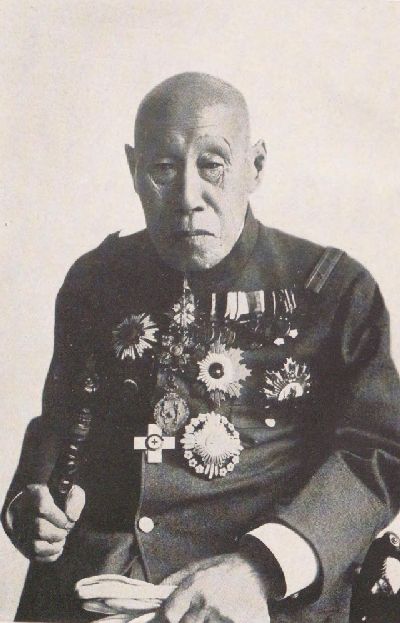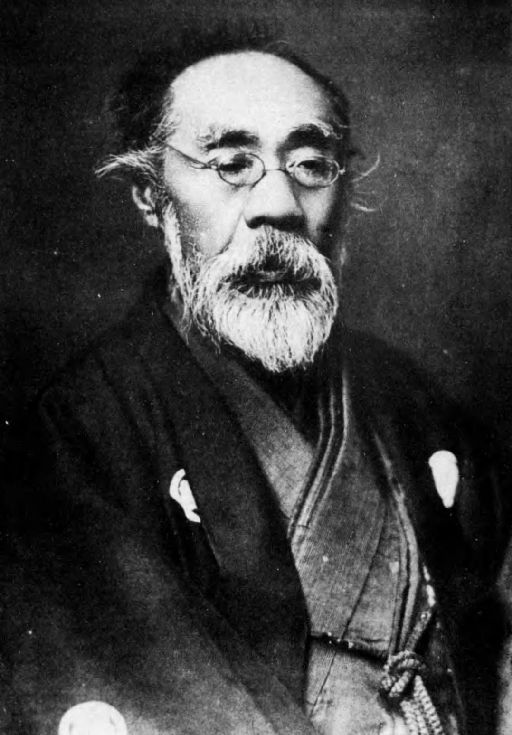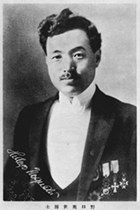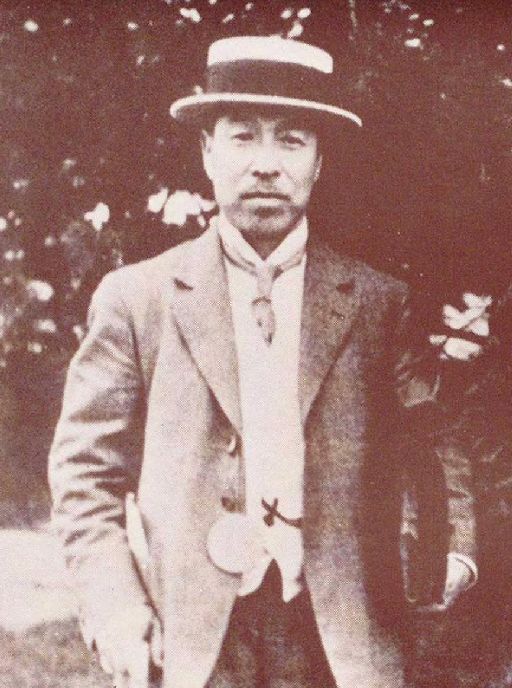People who worked to overcome infectious diseases
In 1877, 1879 and 1886, there were cholera pandemics in Japan. The bacteriologist KITASATO Shibasaburo privately founded the first institute for infectious disease (which later became the Imperial Institute of Infectious Disease) and endeavored to conquer cholera, dysentery, tuberculosis and more. The serum therapy he established during his studies in Germany was highly respected worldwide and helped formed the basis for current vaccines and antibody drugs. In 1914, he left his position as director of the Imperial Institute of Infectious Disease, and founded a new private institute, the Kitasato Institute. In 1917, he also founded the Keio University School of Medicine, with which he established the basis of Japanese medicine from the Meiji era to the Taisho era.
People who supported KITASATO included NAGAYO Sensai, an acquaintance of his from their student days, and FUKUZAWA Yukichi, the founder of Keio University, who spent his private funds for the Institute for Infectious Disease. Later, an industrialist, MORIMURA Ichizaemon, supported KITASATO as well. Furthermore, SANO Tsunetami, the first president of Dai-Nihon Shiritsu Eisei-kai (the Japan Private Hygiene Association) provided support for the institute through the Eisei-kai, which helped the institution in its management and so on, in order to develop a research environment.
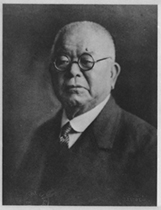
KITASATO Shibasaburo
1853 - 1931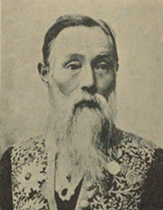
NAGAYO Sensai
1838 - 1902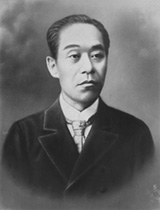
FUKUZAWA Yukichi
1835 - 1901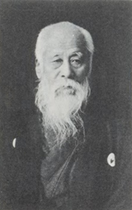
MORIMURA Ichizaemon
1839 - 1919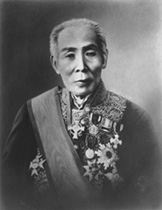
SANO Tsunetami
1823 - 1902
There were other supporters for KITASATO: ISHIGURO Tadanori, who was Army Surgeon General, and HASEGAWA Tai, who was a doctor of Nagaoka Domain at the end of the Edo period. Ishiguro, when he was a deputy chief of the Hygiene Bureau of the Ministry of Home Affairs, helped KITASATO while he was studying in Germany. HASEGAWA, who was a member of the House of Representatives, also made a great effort to obtain subsidies from the Japanese government to support the establishment of the institute and for research costs in 1893. KITASATO’s Institute of Infectious Disease became the foundation for bacteriologic study and preventing infectious disease in Japan, thanks to economic and political support from many people.
In addition to KITASATO, there were other people who dedicated their lives to overcoming infectious disease. One of them was NOGUCHI Hideyo, who is famous due to many biographies and his portrait being on the thousand yen note. NOGUCHI did not graduate from medical school due to his economic background, but he studied medicine, English, French and German independently and became a doctor. He entered the Kitasato Institute and started to study bacteriology, but then transferred to the quarantine section of the Ministry of Home Affairs. There he experienced quarantining the plague in Yokohama, and the plague pandemic in South Manchuria as part of the International Sanitary Board. In 1900, he went to the United States and entered the Rockefeller Institute for Medical Research , where he was quite active on the frontline of the fight against bacteria. His achievements were brilliant: studying venomous snakes, cultivating a pure culture of syphilitic spirochete in 1911, identifying the spirochete in general paralytic brains at post-mortem in 1913, and more. But he had difficulty fighting against the yellow fever virus, and he died as he contracted yellow fever himself while studying it in Africa in 1928.
SHIGA Kiyoshi also studied bacteriology and immunology in the Kitasato Institute for Infectious Disease. SHIGA found the dysentery bacillus (Shigella) that causes bacillary dysentery, a digestive infectious disease. This bacillus produces a toxin called verotoxin (Shiga toxin) in its body, which is currently known as a toxin produced by intestinal hemorrhagic Escherichia coli, O-157.
In addition to the people introduced in this page, many people have tackled bacteriologic study in medicine since the Meiji era. The fight against infectious diseases has achieved progress, but it is still a continuing fight against new infectious disease.

